Ganjifa is an indigenous Indian card game that is well-known for its remarkable artwork. The name "Ganjifa" is derived from the Persian word "Ganjifeh", which means "playing cards". Typically, Ganjifa cards are circular or rectangular in shape and are painted by hand with intricate designs and motifs. The painting style of Ganjifa is a complex and challenging art form that requires a high level of skill and expertise.
The oldest reference to Ganjifa comes from the 15th century by Ibn Taghribirdi, who documented that the Mamluk sultan gambled with Kanjifa as a young man. Other references come from Baburnama in 1527, and Humayunnama written by Gulbadan Begum in the 16th century.
History of Ganjifa

The game of Ganjifa was originally called "Kreeda Patrika" in Sanskrit, which means "playing cards". It was played by kings and nobles with cards that were hand-painted with religious and mythological motifs. However, Ganjifa introduced a new level of artistry and sophistication to the game, with its circular or rectangular cards that were meticulously crafted with precious materials such as ivory, mother-of-pearl, and gold leaf, and adorned with elaborate designs
Traditional Ganjifa evolved over the course of history, and different dynasties such as the Khiljis, Mughals, Deccani Sultans, contributed to the development of the style. The shape, size and themes, all witnessed change under the different dynasties that patronized the art.
Under the Delhi Sultanate, particularly the Khilji, the introduction of handmade paper and miniature painting made the cards accessible to a wider audience of the nobility.The Mughals commissioned Ganjifa cards from the finest artisans of the time, resulting in a stunning collection of cards that reflected the Mughal aesthetic, with its bold colors, intricate designs, and lavish use of gold and precious materials such as ivory and mother-of-pearl. They were adorned with intricate designs and motifs inspired by Indian culture and mythology and introduced new motifs and themes such as wazir, gulam, flora-fauna depicting local birds and plants, etc. They also introduced new shapes such as rectangular or oval. The art was also promoted by the five Deccani sultans of Bijapur, Ahmadnagar and Golconda, Bidar and Gulbarga. They introduced miniature style elements in the painting and added leaves, fruits etc to their cards.
Ganjifa cards were not only for entertainment, but they were also used for teaching and storytelling. The cards depicted scenes from Indian mythology, history, and everyday life, and they were often used to teach children about their culture and traditions.

Ganjifa is a complex game with many variations. However, the basic rules are similar to most card games. The objective of the game is to win as many tricks as possible. Each trick is won by the player with the highest-ranking card.
The game is played by two or more players. The dealer shuffles the deck and deals each player a hand of cards. The remaining cards are placed face down in a pile in the centre of the table.
The player to the left of the dealer plays a card from their hand face up on the table. The next player must play a card of the same suit if they have one. If they do not have a card of the same suit, they can play any card.
The highest-ranking card of the suit wins the trick. The winner of the trick collects the cards played in that trick and places them face down in a pile in front of them.
The play continues until all of the cards in the deck have been played. The player with the most piles of cards at the end of the game wins.
A closer look at some of the regional variations of Ganjifa in India
There are several regional variations of Ganjifa in India, such as Sawantwadi from Maharashtra, Navadurga from Odisha, Gujarat and Rajasthan Ganjifa, Mysore Ganjifa, and Kashmir Ganjifa. The cards in each style are unique, and they depict different themes and motifs.

Mysore Ganjifa: The cards are typically circular in shape and feature Hindu deities, such as Vishnu, Krishna, and Saraswati. The artwork is intricate and detailed, with vibrant colours and elaborate designs. The cards are often made of ivory or mother-of-pearl, and are sometimes decorated with precious gemstones.

Orissa Ganjifa: The cards are typically rectangular in shape and feature animals, plants, and everyday scenes. The artwork is bold and colourful, with folk motifs and geometric designs. The cards are often made of paper or palm leaf, and they are sometimes decorated with gold leaf.

Karnataka Ganjifa: The cards are typically circular in shape and depict animals such as tigers, elephants, and peacocks. The artwork is realistic and detailed, made with natural colours and intricate designs. The cards are often made of ivory or wood, and they are sometimes decorated with precious gemstones.

Rajasthan Ganjifa: The cards in this style are typically rectangular in shape and feature camels, dancers, and musicians. The artwork is bold and colorful, with geometric designs and folk motifs. The cards are often made of paper or palm leaf, and they are sometimes decorated with gold leaf.
Differences between regional Ganjifa
The regional subtypes of Ganjifa are differentiated mainly by the style of their artwork. Each region has its unique style, influenced by the local culture and traditions.
For instance, Mysore Ganjifa cards are known for their bright colors and intricate designs, while Orissa Ganjifa cards are recognized for their bold colors and folk motifs. Karnataka Ganjifa cards are characterized by the use of natural colors and realistic depictions of animals and plants, whereas Rajasthan Ganjifa cards are known for their use of geometric designs and folk motifs.
Why is Ganjifa art Unraveling?
The art of Ganjifa has been unraveling due to several reasons. The Indian aristocracy was once the primary patron of Ganjifa, commissioning skilled craftsmen to create stunning decks of Ganjifa cards using precious materials. However, the decline of the Indian aristocracy due to British colonization dealt a heavy blow to Ganjifa. The new rulers had little interest in patronizing traditional Indian art forms, and the demand for Ganjifa cards dwindled.
Another factor contributing to the decline of Ganjifa is the introduction of Western card games such as poker and bridge, which are simpler to learn and play. As a result, Ganjifa fell out of favor and lost its popularity among the Indian masses.
Finally, the lack of government support has also played a role in the decline of Ganjifa. The Indian government has not done enough to promote and preserve this traditional art form, and skilled Ganjifa artisans are struggling to make a living. The number of Ganjifa players is also dwindling.
Wrapping up
In conclusion, Ganjifa was a popular game among the Mughal nobility, and it was also played by the common people. However, the game declined in popularity after the fall of the Mughal Empire. Today, Ganjifa is still played in some parts of India, but it is no longer as popular as it once was.
Ganjifa is a dying art form. Many of the regional subtypes of Ganjifa are on the verge of extinction. Therefore, it is crucial to do everything we can to preserve this important part of our cultural heritage.
We can support Ganjifa artists by buying their work and educating others about Ganjifa art and its significance. Let us all work together to keep Ganjifa alive for future generations.
- “Ganjifa -the Persian Game That Became One of India’s Costliest Playing Cards Ever Produced.” ThePrint, July 19, 2022. https://theprint.in/pageturner/excerpt/ganjifa-the-persian-game-that-became-symbol-of-status-for-indians-in-mughal-era/1028615/.
- “Ganjifa Art and Cards: A Brief History.” Rajasthan Studio, May 4, 2022. https://rajasthanstudio.com/ganjifa-art-and-cards-a-brief-history/.
- An introduction to Indian card games – punekar news. Accessed February 29, 2024. https://www.punekarnews.in/an-introduction-to-indian-card-games/.
- Modak, Sherline. “The Ganjifa Cards: Lost Art of the Mysore Royalty Getting Revived.” Caleidoscope, July 22, 2021. https://www.caleidoscope.in/art-culture/the-ganjifa-cards-mysuru.
- “Ganjifa: Indian Games.” MAP Academy, October 31, 2023. https://mapacademy.io/article/ganjifa/.
- Govind, Ranjani. “Game with Ganjifa Cards.” The Hindu, November 13, 2019. https://www.thehindu.com/society/history-and-culture/game-with-ganjifa-cards/article29962309.ece.













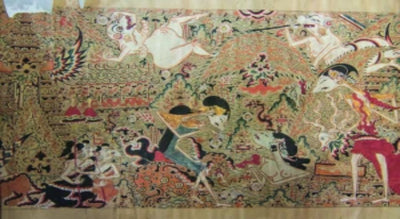
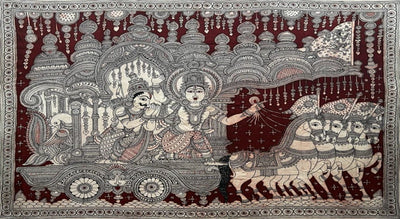

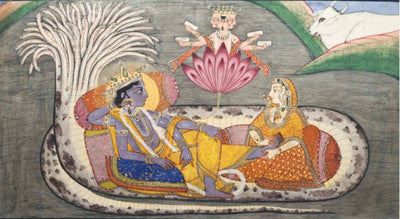
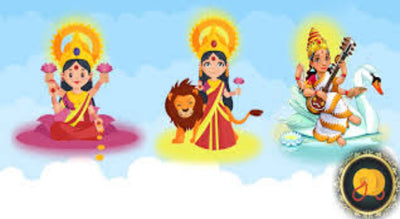
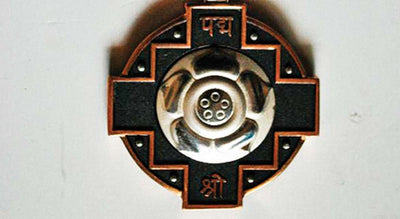
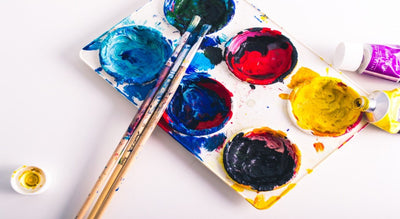
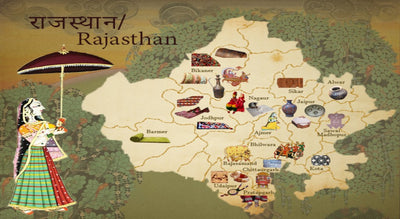
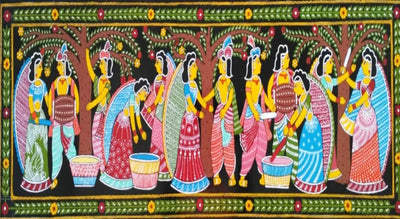
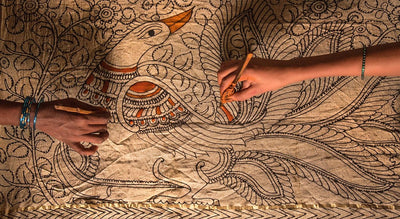
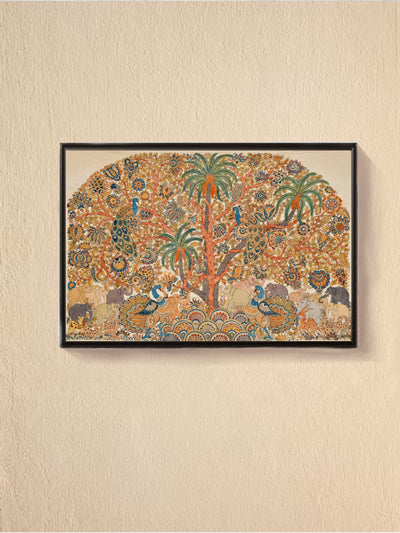







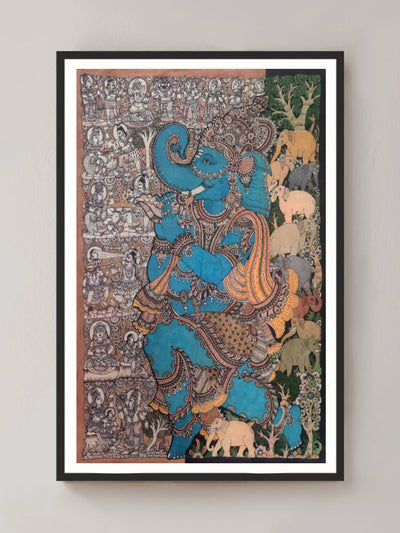








Great article about Ganjifa art that has gone into its details and intricacies. I am also learning different art forms by watching online art courses by Penkraft. If anyone is interested, they have hundreds of art tutorials to learn at https://online.penkraft.in/ArtAttackHome. It is on a subscription basis so you can take it as per your convenience.